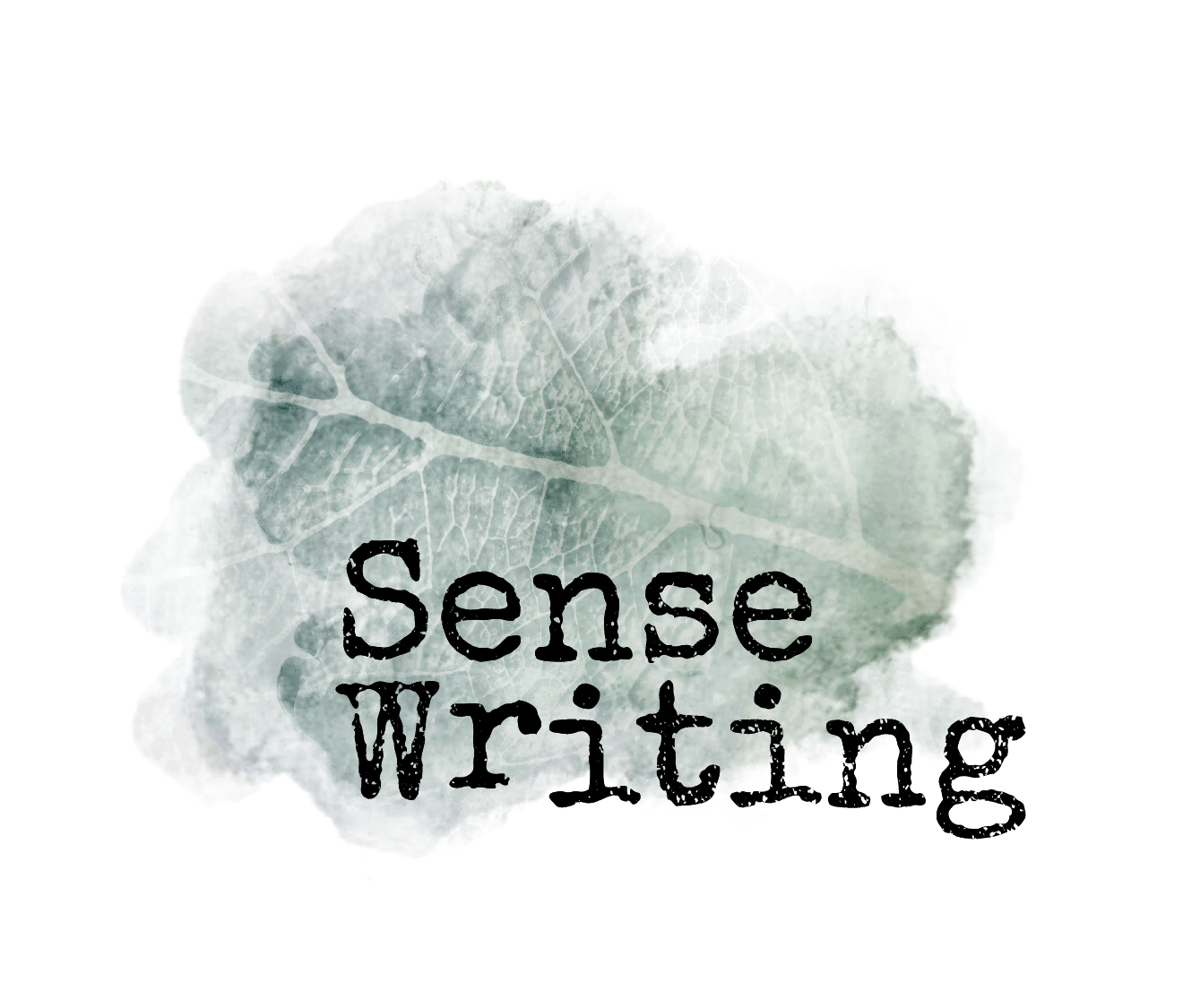In all forms of art, constraints can open up new possibilities.
This is the beauty of constraints (and another paradox of creative flow).
Instead of chasing some notion or inkling down, constraints allow you to be still and inhabit wherever you may be. Once settled, the particular life of that world-- whether in form, color, sound, movement, or words-- starts to emerge.
In a Sense Writing constraint, for example, you might write a scene starting every sentence with “I remember” (this could be from your point of view or a fictional character’s perspective). The constraint of the sentence starter “I remember” allows you to “aim low” and not worry about syntactically positioning yourself for each new sentence. Other parts of the self can be brought to the surface. Then when you switch into free write, each moment will be more textured, as you re-orient yourself, word by word, in the story. Similarly, a Feldenkrais ATM might constrain the use of the neck to turn the head. Inhibiting the use of the neck, parts of the spine, ribcage, pelvis or feet come out of the woodwork to support the movement. This quiet dialogue among the lesser-used parts expands our internal kinesthetic space as a whole, and after, when walking, new sensation and possibility can often be felt, astonishingly, in places that were not specifically moved in the sequence.
As one participant describes the use of constraints in her writing:
If I am writing about being at a baseball game in a free write, I might start off with walking into the stadium and finding my seat and feeling excited. Broad strokes, not a lot of sensory detail. But if I start by using the “I see, I hear, I smell…” constraint, it might open up my imagination to all the small details I didn’t bother to notice when starting globally, in the big picture. Using constraints, I might start off with the smell of hot dogs and the taste of that, the feel of the bread sticking to the roof of my mouth, and how that is one of the strongest memories I have of going to baseball games when I was a kid. When I then switch to the free write, the scene starts to fill our like a painting and I access emotions, senses, and details that I didn’t think were important or valuable, or that I didn’t even know were there.
Sessions involving “writing constraints” are always followed by a period of free writing, where participants are asked to write into that same scene without the constraints. Afterwards, they are invited to reflect on the difference between how it felt to write with the constraint and during the free write. Which flowed more? Was one was more awkward? For some people, writing with the constraint will be easier, for others the free write will feel better, but for each person these differences will change throughout the process.
Reflections allow for an engaged writing practice
These reflections are key. Like Feldenkrais lessons, these sequences make up a kind of empirical tracking system and these reflections keep us engaged in the dynamics of a process that is always changing and often full of surprising connections. In neuroplasticity, this self-empiricism actually becomes a tool in the repair of function. Reading Doidge’s The Brain’s Way of Healing, I was struck by one crucial aspect in his case studies: recovery seemed to be connected with the patient’s increasing ability to self-report accurately, to become more aware of what is going on as it is going on and to be able to express this understanding afterwards. This ability to pay attention to finer and finer details, allows the patient to recognize small improvements and re-build trust in her own nervous system. The reflective aspects of Sense Writing, as Feldenkrais, keeps the writer engaged in her own work and increases flow and buoyancy in the writing practice.



